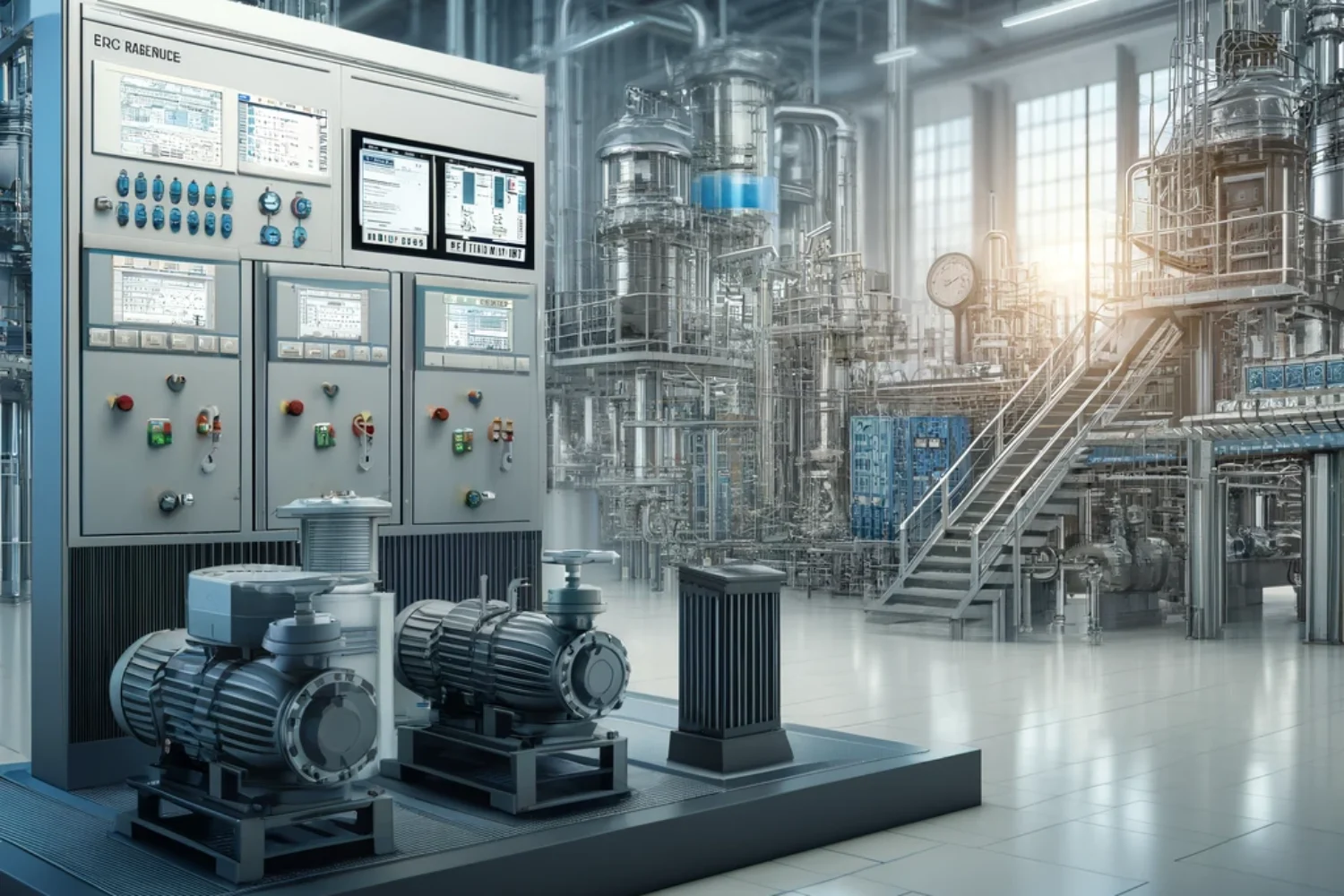In the landscape of process automation, whether through hardwired controls or PLC systems, the integration of control and monitoring relays plays a crucial role in enhancing functionality and safeguarding operations. An article in the August 2021 edition of Process Instrumentation magazine titled “Exploring Options for Process Pump Automation” delves into the pivotal role of pump control within various industrial sectors, emphasizing the importance of selecting the most suitable automation solutions to ensure optimal performance, protection, and visibility.
Pumps, serving as indispensable workhorses across diverse industrial applications, from basic drainage sumps to sophisticated processing operations, necessitate meticulous attention to their control and monitoring mechanisms. While the trend leans towards digital automation for advanced functionalities, there remains a compelling case for integrating localized hardwired controls to achieve an optimal solution tailored to specific needs.
Several critical functional and protective features are imperative for industrial process pumps:
Alternating Operation: In scenarios where two pumps are utilized, an alternating relay proves instrumental in regulating their runtime equitably, ensuring balanced usage and mitigating premature wear.
Seal Failure Monitoring: For submersible pumps prone to shaft seal leakage, the incorporation of proper sensors and seal failure relays becomes indispensable, providing early detection and intervention to avert catastrophic failures.
Electrical Monitoring: Given the prevalence of three-phase electrical motors powering pumps, the deployment of phase-monitoring relays becomes essential to detect and address various electrical anomalies promptly, thereby forestalling potential equipment damage or downtime.
Intrinsically Safe Signaling: In environments where explosive vapors pose inherent risks, adherence to stringent safety standards necessitates the utilization of intrinsically safe relays, ensuring signaling integrity while mitigating ignition hazards.
The myriad benefits afforded by pump control and monitoring relays include streamlined maintenance procedures, minimized downtime through proactive fault detection, and intelligent decision-making capabilities to sustain uninterrupted process operations. Furthermore, the adoption of relays offers an economical yet effective means to standardize equipment protection protocols across diverse pump control applications, irrespective of the underlying control architecture.
In conclusion, the judicious incorporation of control and monitoring relays represents a pivotal strategy in augmenting the efficiency, reliability, and safety of process pump automation. By leveraging these versatile components, engineers and operators can enhance system resilience, simplify maintenance routines, and optimize operational workflows, ultimately bolstering overall productivity and profitability across industrial sectors.

